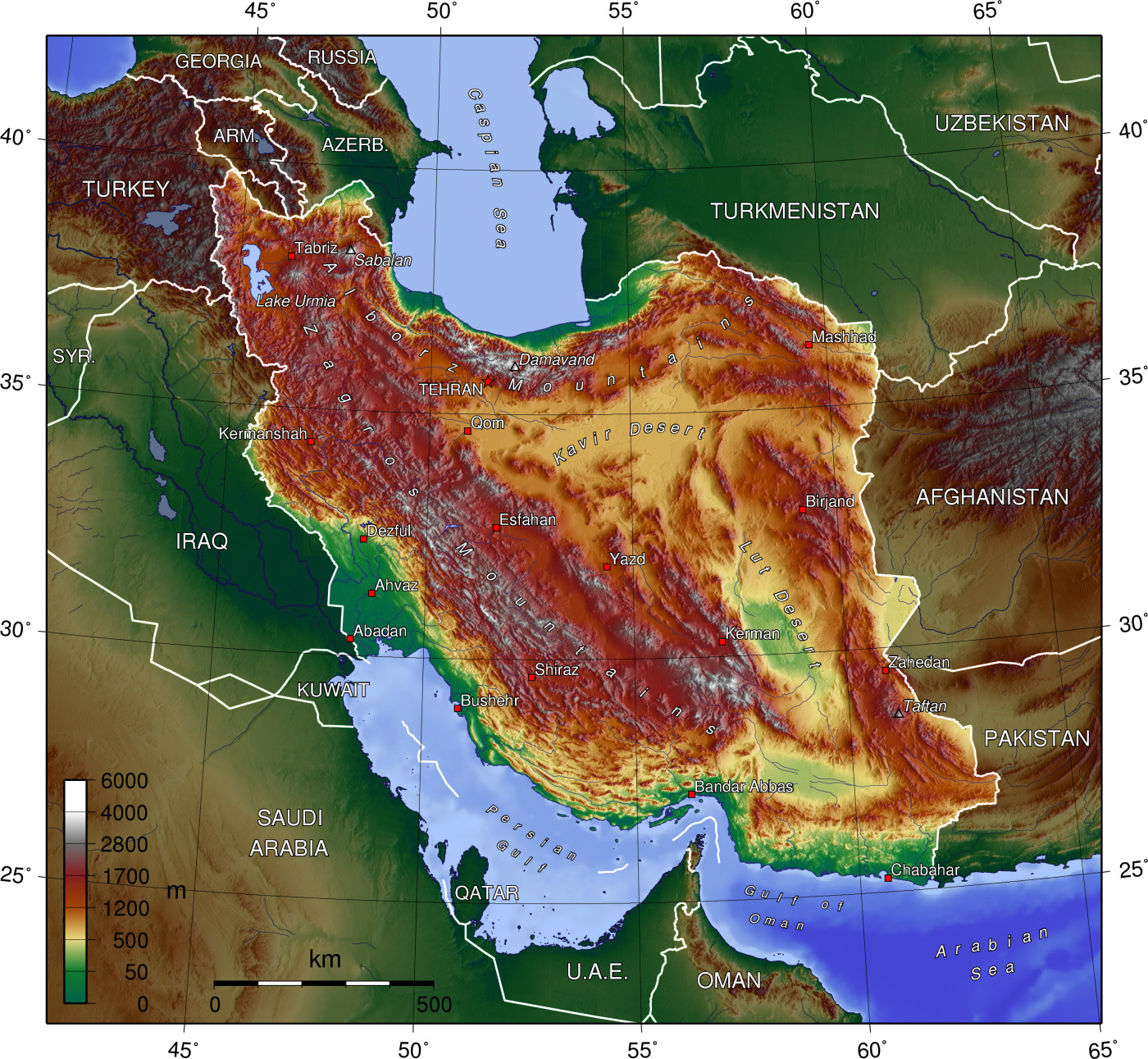The Splendor of Iran
IRAN has an area of about 630.000 square miles, roughly three times the size of France. It is bordered by Iraq on the west. Turkey on the north-west, Armenia, Azerbaijan. Turkmenistan and Caspian Sea to the north, Afghanistan to the east, and Pakistan to the south-east. Its former name-Persia-derives from the historical prominence of the province called Fars or Pars, at a time when the Greeks-who called it Persis attempted to conquer the country. And that is not the main connection between European civilization and Iran, for the word ‘Iran’ itself is etymologically akin to the word Aryan, no Indo-European, that family of languages embracing not only the Sanskrit family of Indian tongues, but also Greek, Latin, Italian, and most of the other languages of ancient and modern European and America.
Iran is one of the World’s leading producers of petroleum. The country was a constitutional monarchy ruled by a shah from 1906 until 1979, when a popular uprising led by Islamic religious leaders, namely ‘Imam Khomeini’, resulted in the establishment of an Islamic republic.

Geography and Regions
Iran is dominated by a central plateau, which is about 1200 m. (about 4000 ft.) high and is almost ringed by mountain chains. In the north, paralleling the southern shore of the Caspian Sea, are the Alborz Mountain. The highest peak in Iran, Mount Damavand (5670m/18,602 ft.), is part of this mountain system. The Caspian Sea, at 28 m (92ft) below sea level, is the lowest point in Iran. Along the western border the complex Zagros Mountain extend southeast to the region bordering the Persian Gulf.
Mountain of lower elevation lie to the east of the central plateau. Two great deserts extend over much of central Iran. The Dasht-e Lut is covered largely with sand and rocks, and the Dasht-Kavir is covered mainly with salt. Both deserts are inhospitable and virtually uninhabited .In the winter and spring small streams flow into the Dasht e Kavir, creating little lakes and swamp. In other times of the year, both deserts are extremely arid.
Rivers and lakes
Most of Iran’s rivers flow only during part of the year, when precipitation is heaviest. The country ‘s principal permanent rivers flow off the mountain on the slopes facing the Caspian Sea , Persian Gulf , or the Sea of Oman . The Karun River, flowing from the Zagros Mountains to the Arvand Rud river at khoramshahr, is the country‘s main navigable river. Besides the Caspian Sea. Iran has few large lakes. Most shrink in size during the hot, dry summer and have a high salt content because they have no outlet to carry away the salt left when the water evaporates. The largest water body entirely within Iran is lake Orumiyeh,in the northwest.
Vegetation and Animal Life
On the semi-humid plateaus of Iran, grass cover is used for grazing livestock .The zagros Mountain have a semi-humid forest cover dominated by oak ,elm .pistachio, and walnut trees. On the seaward slopes of Alborz Mountains and on the Caspian plain, vegetation is abundant. In these areas broadleaf deciduous trees such as ash. Elm oak, and beech flourish, along with some broadleaf evergreens, ferns, and shrubs. On the arid plateaus, scrub and cactus growth dominate. Iran has a wide variety of native wildlife including the rabbit, fox, wolf, hyena, jackal, leopard, deer, porcupine, ibex, bear, badger, weasel, and tiger. Pheasants and partridges are found inland; pelicans and flamingos breed along the Persian Gulf, sturgeon, whitefish, and herring inhabit the Caspian Sea.
Language
The official language of Iran is Modern Persian, one of the Indo-Iranian Languages, a subfamily of the Indo-Iranian languages. Modern Persian emerged from Middle Persian and is written in the Arabic alphabet with many Arabic loan words, several minority groups in Iran retain their own languages.
Religion
The official religion of Iran is the Shi’ite branch of Islam, which is followed by more than 95 percent of population .Some of the most scared Shi’ite places are in Iran; the city of Qom, south of Tehran, is a noted place of pilgrimage. Sunni Muslims from about 4 percent of Iran’s population, and the country also has dwindling communities of Christians, Jews, and Zoroastrians.